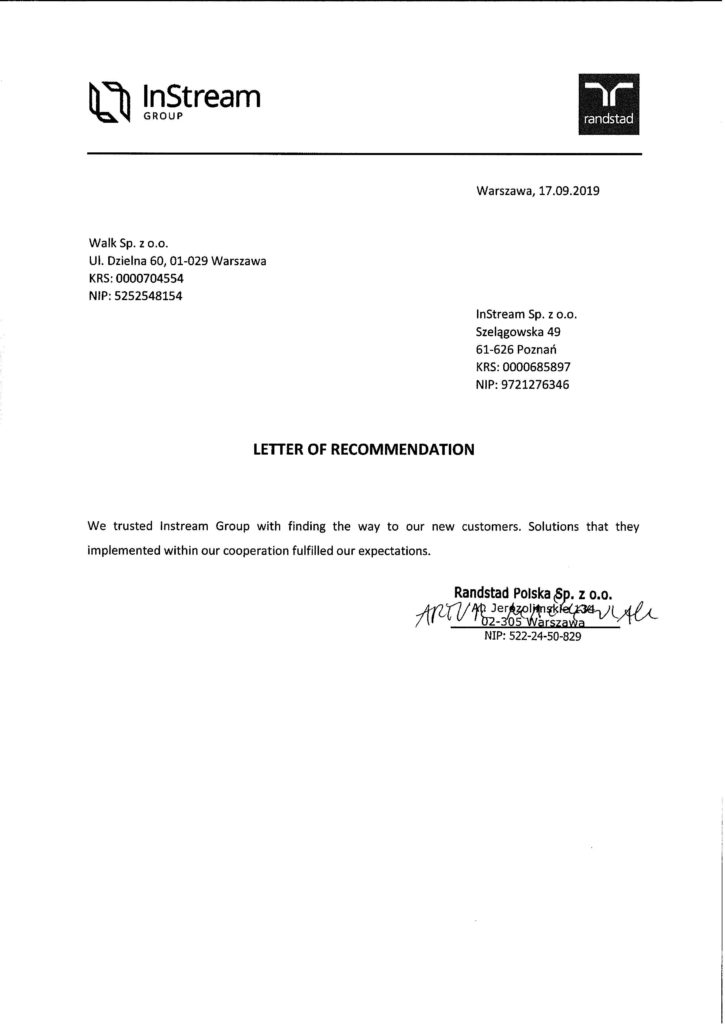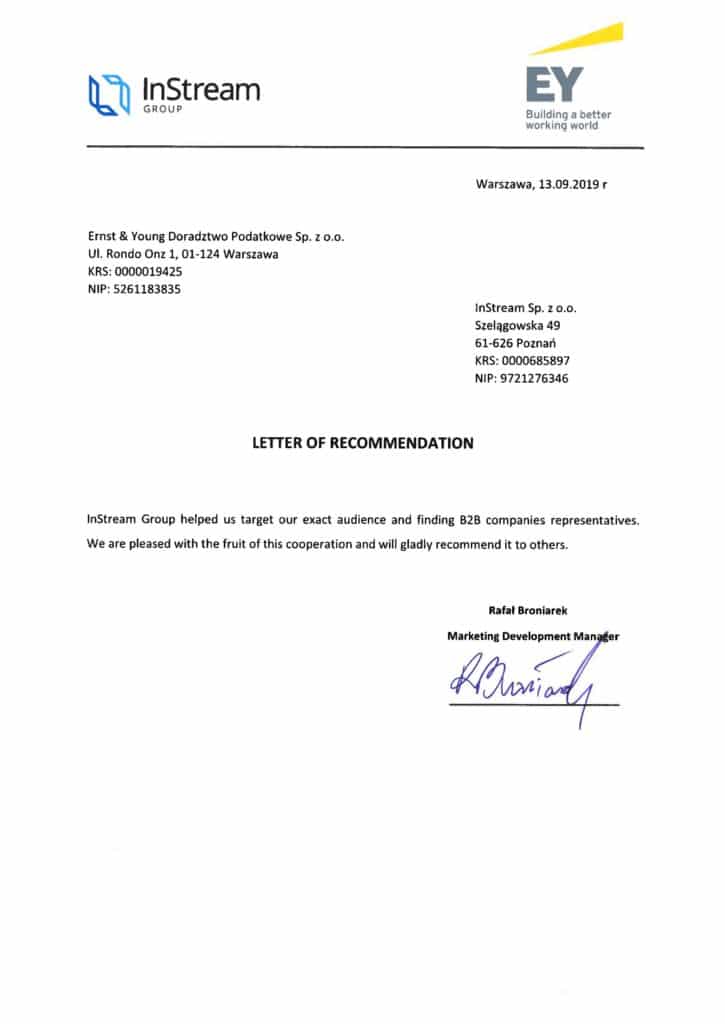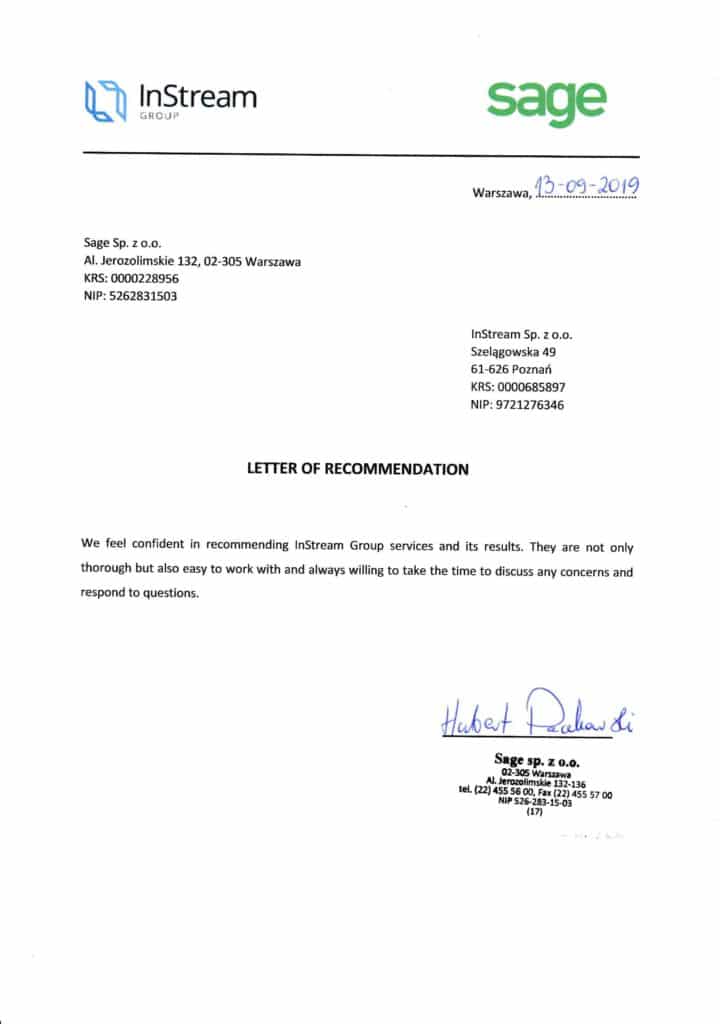Many companies focus on the implementation of their sales plans, concentrating on the work of their salespeople, while unfortunately neglecting the issue of where and at what price they acquire their leads.
It might seem that the more expensive products the company sells, the less important it is to spend on leads that convert to sales. However, the more expensive services and products are sold, the more is spent on lead generation activities. In such a situation, a lead is more difficult to acquire, it’s source is, quite often, a niche marketplace, and requires activities that creates needs and make the lead convert to sales.
In our articles, you will find more information on the KPIs and indicators used in sales and marketing.
How to estimate the cost of a lead?
CPL—Cost per Lead. This is the main indicator that allows you to estimate the costs that a company incurs in order to generate one lead. In order to calculate the CPL for a given company, the costs related to the whole marketing and sales activity should be added up and divided by the number of generated leads.
Of course, this is quite a general approach.
In fact, organisations aware of their marketing activities analyse CPL in the context of each separate marketing channel. So how to effectively estimate the CPL?
First of all, for quite a long time on the market, there have been two types of leads. “Inbound” and “Outbound”. They differ greatly from each other in terms of the source, quality, but most of all in terms of the cost of their acquisition.
The costs of Inbound vs Outbound Marketing
Inbound Lead – leads generated by the marketing department. These leads are usually acquired through content marketing activities, advertising in social media, Adwords, and other marketing activities. These leads are obtained by the company via its website and enable quick contact with a potential customer. The disadvantage of these leads is the fact that you never have a 100% influence on their quality. The advantage, however, is their sustained inflow in case of a well-planned campaign and a relatively low price compared to outbound leads.
Outbound Lead – leads generated by the department often referred to as Pre-Sales. Outgoing leads are generated by activities such as Cold Calling, Cold Mailing, and Social Selling, all of which are more of a sales rather than marketing nature. As they include direct contact with the customer, these leads are relatively more expensive to obtain than inbound leads. However, their advantage is that you have an influence on their quality as you determine the target group yourself.

The above definition of leads allows you to assume that the more expensive services the company sells, the more profitable it is to bet on the pre-sales and Outbound Lead acquisition. The more the company relies on mass sales of products at a relatively low price, the more it should invest in marketing activities and Inbound Lead generating activities.

Google Analytics will certainly prove to be useful to accurately measure the costs of acquiring marketing leads. It allows not only to verify the source but also to calculate the conversion rate and the CPL. Currently, every social media platform such as Facebook, which enables the creation of advertisements, has a built-in system for analysing the costs of a given campaign.
In order to calculate the cost of generating one lead in a given marketing channel, it is necessary to collect the total cost that the company incurs in a given time and divide it by the number of leads acquired.
How to estimate the cost of a lead for Content Marketing?
For example, let’s calculate the CPL for Content Marketing activities.
Let’s say that during 1 month, the company wrote 3 articles on the blog. Each of them took the team 5 days of work. We have a total of 15 working days. Knowing the cost of salary and marketing tools, we are able to calculate the cost of 15 working days. Let’s say it is 5,000 EUR net. Let’s assume that as a result of the three articles the company acquired 20 new leads.
So the CPL = 5 000 EUR / 20 = 250 EUR
In such a case the cost of the acquired lead is EUR 250 net.
Cost of acquiring a customer vs. cost of acquiring a lead
In addition to the CPL, Customer Acquisition Cost (CAC) is also an important indicator in the sales process. It allows us to calculate the cost of an already converted customer (as compared with a lead, which has not converted yet). In order to calculate the CAC, similarly to CPL, it is necessary, to sum up, the total costs related to customer acquisition (marketing and sales) and divide them by the number of customers acquired in a given period.
The basis for effective management of the Lead Generation strategy is reliable statistics. An organisation that does not measure its activities properly is not able to develop or improve its model.
The simplest tool to measure results in this area is Excel. Before a company decides on paid activities, it is worthwhile to measure activities on an organic level without spending too many resources on it. Only those activities that bring the company the highest conversion rates should be supported with additional funds.
How to manage leads properly
In the context of improving the CAC, you cannot fail to mention the appropriate Lead Management process. Such a process means managing the acquired leads within the general sales process in the company. Every company that cares about effective sales must use a CRM system that, if properly implemented, helps in lead management.
In this respect, it is necessary to determine whether:
- all the leads acquired by the company are handled by the salespeople;
- the time from the acquisition of a lead until contact is made with the customer is relatively short;
- the number of actions performed on the lead before it closes is at least 6 call attempts + follow-ups;
- all leads in CRM have consecutive actions set up;
- the company conducts the so-called Lead Nurturing, i.e. “warming up”;
- the company monitors what type of leads best converts.
Who in the company should be responsible for lead generation?
According to the old model, this role has always been assigned to the marketing and sales departments. Nowadays, however, these roles are very complementary and technology allows us to reduce human roles to almost zero in many aspects.
The marketing department is definitely responsible for generating inbound leads. All its activities should be focused on customer acquisition. As a company, we believe that the marketing department should receive bonuses for the number of generated leads and this is its main goal. The creative part of this department’s job is only a means to achieve a certain goal.
Pre-Sales is a position that appears more and more often in the industry. The person occupying this position is responsible for obtaining leads using Outbound Lead methods. They deal with building relations on social media, support Cold Email campaigns or recur to Cold Calling.
Lead Generation agencies—external companies such as ours, offering professional lead acquisition campaigns based on different methodologies depending on the client.

There is no such thing as free leads. Every action takes time. These “free leads” usually absorb the greatest amount of it. When choosing strategies for your company, you should not only focus on costs, but also on the quality of the lead and the target group.
If you want to learn more about how to build lead generation strategies, have a look at our article.



